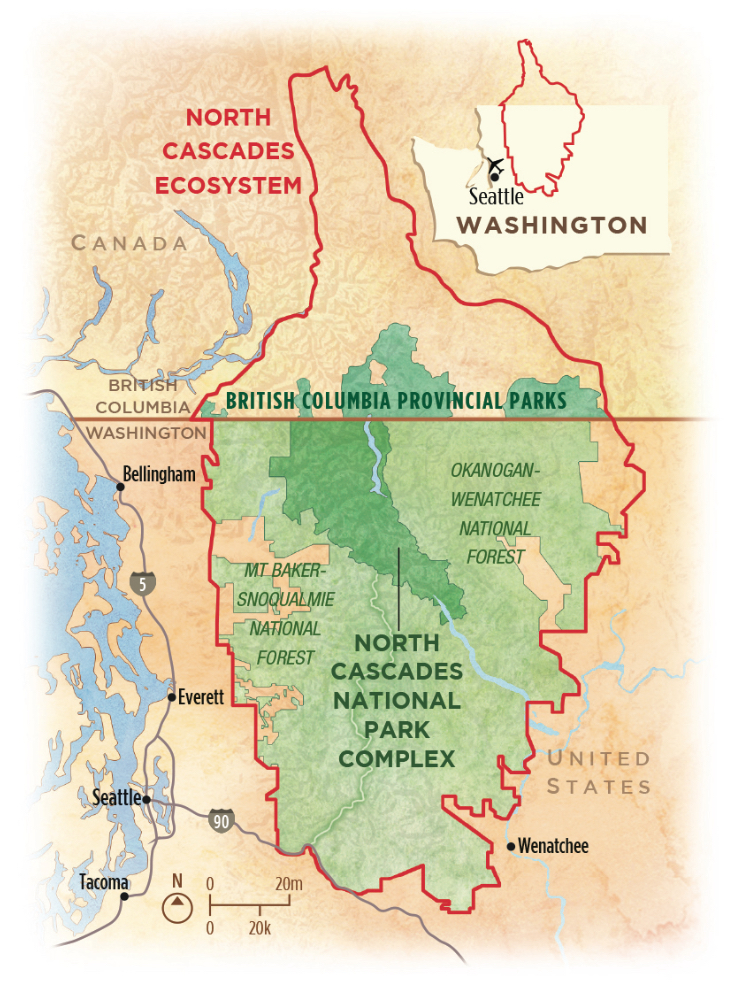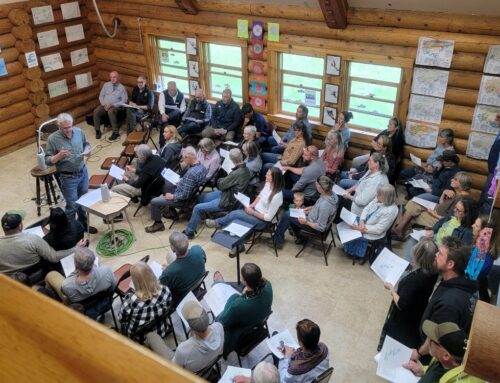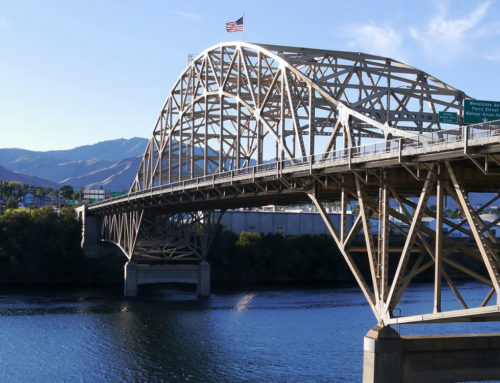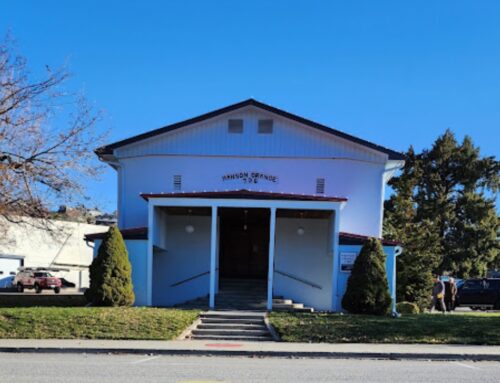2023 Helicopter Supported Wilderness Projects
information and photos released by North Cascades National Park Service Complex
Several projects with helicopter support will begin this season in the Stephen Mather Wilderness as snow levels recede. Time and distance of flights over and around wilderness will be minimized whenever possible. Flight dates are subject to change depending on weather and other safety factors.
For additional information, contact the National Park at 360-854-7302 or visit the website.
June and July: Bear Creek Fire Rehabilitation
Located in the northern section of North Cascades National Park on the Chilliwack River, the Bear Creek Camp area has been closed due to fire since July 30, 2021, and sections of the Copper Ridge and Brush Creek Trails will remain closed this year. This rehabilitation project will clear downed trees, repair trail treads, reestablish the collapsed trail, restore and improve drainage features, and build small, slope retaining features from onsite materials as needed. Two helicopter flights will be used to transport crew and materials to Indian Creek Camp as early as possible, sometime during June or early July, weather dependent. Use of the helicopter will facilitate safe access to the area allowing trail crew time to clear trail, repair tread, and accomplish annual maintenance. The work is expected to last 14-18 weeks in 2023 and possibly continue for several seasons. The area will reopen after completed repairs.
July: Park Film (tentative dates July 17-21 or 24-28)
Aerial filming for the new park film will occur over two days and four helicopter flights to capture the mountain peaks, glaciers, and valleys during summer when there is less snow. Filming will occur in July for the minimum amount of snow and to avoid wildfire smoke in August. The two days of flights will occur for 3 hours in early morning and 3 hours in late evening over most areas of the park complex. No helicopter landings in the park are planned.
July and August: Mountain Goat Surveys
Regional mountain goat surveys will be conducted by National Park Service (NPS), U.S. Forest Service, Washington Department of Fish and Wildlife, and several tribes across the North Cascades in late July through early August, when goats are most visible on their summer range. These surveys will use a helicopter to visually count the number of adult and young goats and collect spatial information about their habitat use.
Within North Cascades National Park Service Complex (NOCA), NPS is expecting to conduct surveys using approximately six helicopter flights of about 2 ½ hours each over the course of 3-5 days. Flights will be conducted on weekdays as weather allows, occurring primarily during morning hours when animals are most active. Survey altitude is expected to be between 1,000 and 3,000 feet above ground level, during which the helicopter will make slow passes along mountain slopes, and potentially hover to count animals at a range that will not disrupt their natural behavior. Count areas include high elevations across the park, generally in remote areas. No helicopter landings in the park are planned.

Mid-July: Radio Repeater Maintenance
Helicopter flights to support radio maintenance and replacement of outdated equipment will occur to keep the park radio communications system operational. Four to six flights to Ruby and McGregor repeaters and two flights to Copper and Desolation repeater sites are possible. Flights will be combined with other projects and the helicopter will remain on site during work when possible, to reduce flight numbers. If needed, there will be one to two flights to Eldorado for toilet maintenance.
September: Mountain Lake Water Quality Monitoring (tentative dates September 5-7)
Six mountain lakes at NOCA have been monitored annually through the North Coast and Cascades Network long-term ecological monitoring program since 2012. This program provides a robust and unique data set from mountain lake environments. Flights to transport researchers and haul equipment to two of these lakes, Easy Ridge and Lower Silent lakes, are required due to the technical nature of approaching them by foot. Three flights are required for this project; one for ingress into the primary lake, one to transfer crew and gear to a second lake, and the final flight for egress.
September: Mountain Lake Fishery Management (tentative dates September 11-13)
In mid-September NPS resource management staff will conduct environmental DNA (eDNA) sampling and fish removal effectiveness monitoring at Firn, Doug’s Tarn, and Skymo lakes. Survey objectives are to determine the effectiveness of non-native fish removal activities at these historically fishless lakes, and to monitor the recovery of native amphibians. Up to six flights will be required for crew transport to and from these remote mountain lakes.
September: Long-term Glacier Monitoring
Since 1993, the National Park Service has been monitoring the mass balance of four glaciers in North Cascades National Park: Noisy, North Klawatti, Silver, and Sandalee. Field measurements of winter snow accumulation and summer melt occur twice annually in early spring and fall. From these measurements, annual changes in volume can be calculated providing insight into the glaciers’ health and their contribution to regional streamflow. Helicopters support transportation of scientists and monitoring equipment to these remote sites. Spring flights occur over a two-day period between late April and early May and a one-day fall flight will be required in late September.
Ongoing: Helicopter flights by Seattle City Light may occur throughout the summer and fall in Ross Lake National Recreation Area as scientific studies continue for the Skagit River Hydropower Project Relicense. Although flights will not likely occur in wilderness, helicopter noise may be heard on and around Ross Lake.








